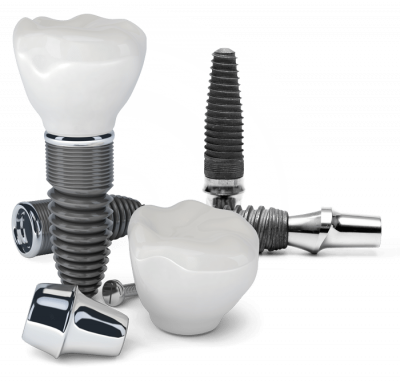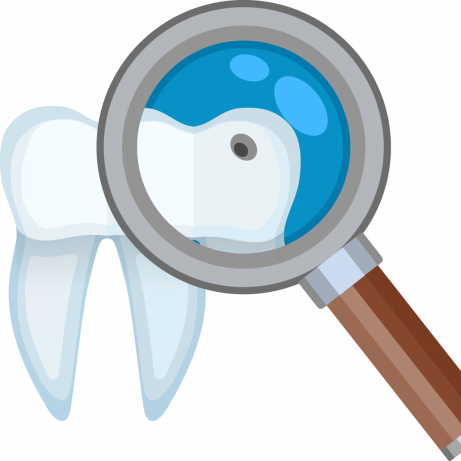
Maxillofacial Surgery


Maxillofacial Surgery
Oral, dental and maxillofacial surgery is a branch of dentistry that deals with diseases of the hard and soft tissues in the mouth, jaw and face, treats aesthetic, functional problems that occur with childbirth or have occurred later.
Which Practices Does Oral, Dental and Maxillofacial Surgery Cover?
- Tooth extraction,
- Extraction of complicated and erupted teeth,
- Implant Practices
- Treatment of infections and abscesses in the mouth and face,
- Treatment of cysts located in the roots of teeth,
- Medical or surgical treatment of pain in the jaw, face area,
- Treatment of the jaw joint
- Fractures in the jaw and face area,
- Treatment of cleft lip and palate,
- It covers practices such as treating diseases of the salivary glands.
Impacted Tooth Extraction
Impacted teeth are teeth that cannot be replaced due to different reasons when the age and time of eruption comes, and which remain in soft tissue or bone. Generally, we encounter the situation of impacted wisdom teeth. Apart from wisdom teeth, canine teeth, molars or front teeth can also have impacted teeth. Teeth that remain impacted can cause severe pain as long as they remain inside. If the impacted teeth are not extracted; pain, cyst formation, jaw fractures, crookedness in the lower teeth, and some discomfort in the neighboring tooth may occur.
Wisdom Teeth
Wisdom teeth, which are in the wrong position in terms of location and posture, can create difficulties in terms of cleaning and care. In such cases, it is necessary to extract the tooth in order to prevent the formation and develops and damage to the other teeth.
- Wisdom teeth can cause deformities by putting pressure on other teeth in some cases. This can lead to crowding of teeth exposed to pressure. Because of this, wisdom teeth that have been diagnosed as damaging other teeth should also be extracted.
- Wisdom teeth, which are completely impacted, should also be extracted according to the condition of the mouth structure and tooth structure.
- The probability of cyst formation around wisdom teeth is quite high. The cysts that form should be diagnosed early. When neglected, the cyst can grow and cause greater damage.
- Wisdom teeth that have remained in the gum can also accumulate food residues. Along with the accumulation of food residues, bacteria can also multiply. This, in turn, can lead to gingivitis, bad breath, and bleeding gums.
What are the Symptoms of Jaw Joint Diseases?
- Discomfort such as pain, creaking, clicking in the jaw when opening and closing the mouth,
- Ability to open the mouth for a certain amount or lock in the jaw,
- Neck pain, stiffness in the neck,
- Headache, which should not be confused with migraine,
- Severe pain that is felt when eating,
- Pain felt when the lower and upper teeth touch each other,
- Difficulty while yawning,
- Ear pains, tinnitus in the ear,
- Sliding of the chin when opening the mouth. What are the Causes of Jaw Joint Diseases?
- A blow to the jaw or joint,
- Performing the chewing process with only one side,
- Missings in the teeth,
- Clenching of teeth,
- Habit of grinding teeth,
- Stress,
- Deficiencies in the development of joints,
- Orthodontic problems can cause discomfort in the jaw joint.
How do you fix a jaw joint problem?
First, the cause of jaw joint diseases is investigated and the patient is informed. Then, according to the cause of the disease, one of the following treatments can be applied if your dentist deems it appropriate.
- Splint therapy,
- Medication,
- Botox
- Orthodontic treatment,
- Jaw exercises can be recommended
- Physiotherapy,
- Treatments such as psychological support can be applied.
- Joint injection
However, some conditions that are late for treatment may also occur. In these cases, surgical treatments can be applied with the approval of your dentist.












